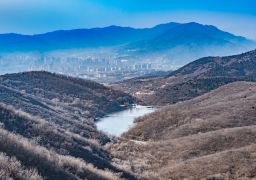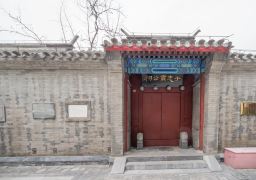The Jingdezhen Ancient Kiln Folklore Exhibition Area is primarily divided into two sections: the His[...]
The Jingdezhen Ancient Kiln Folklore Exhibition Area is primarily divided into two sections: the Historical Kiln Exhibition Area and the Ceramic Folklore Exhibition Area. Here, you can witness ancient kilns from the Song Dynasty to the Qing Dynasty, recreating the porcelain industry’s ambiance in the 15th and 16th centuries, and enjoy unique porcelain music performances.
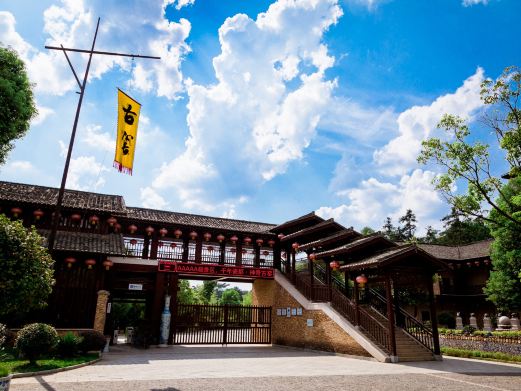
The architecture within the scenic area has been transformed from old buildings, allowing visitors to understand Jingdezhen’s ceramic culture amidst an antique setting. Upon entering the main gate, porcelain signs direct visitors to various attractions. On the right is the Historical Kiln Exhibition Area, where the first structure you encounter is the Fenghuo Xianshi Temple, dedicated to Tong Bin, who sacrificed himself for kiln firing during the Ming Dynasty’s Wanli years and is revered as the Kiln God by later generations.
Further in, a row of workshops sells exquisite ceramic crafts, albeit at high prices. Deeper into this area lies the highlight—kilns from different eras. You can successively view the Qing Dynasty’s Zhen Kiln, Ming and Qing Dynasties’ Imperial Kilns (Green Kiln, Dragon Kiln), Ming Dynasty’s Gourd Kiln, Yuan Dynasty’s Steamed Bun Kiln, and Song Dynasty’s Dragon Kiln. For a few yuan, you can enjoy a bowl of kiln worker tea and chat with the kiln masters to learn many stories about porcelain and ancient kilns; the tea is also refillable.
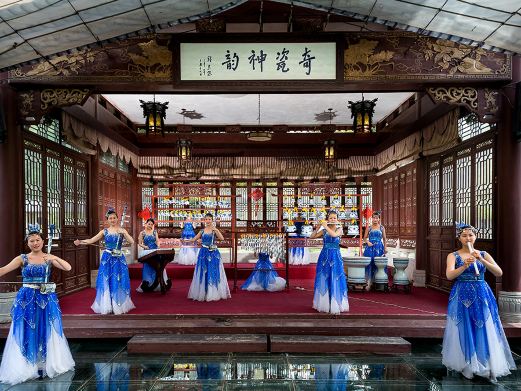
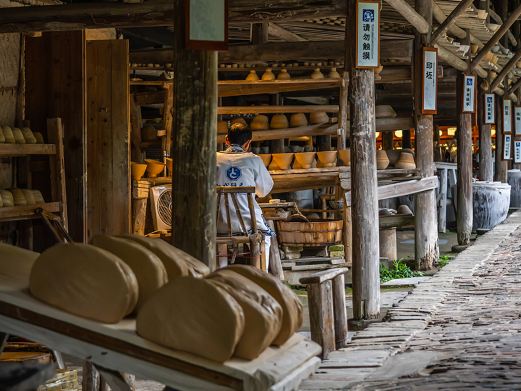
Upon entering the main gate on the left is the Ceramic Folklore Exhibition Area. The first sight is the Qing Dynasty’s architectural complex, Qingyuan. Passing through the Porcelain Stele Corridor, you reach the Ming Dynasty’s architectural complex, Minglü. The Porcelain Sound Water Pavilion (a water stage) on the west side of the Porcelain Stele Corridor offers free porcelain music performances, with all instruments made of ceramic. Additionally, in some workshops within the scenic area, you can participate in ceramic making for a fee and create your own ceramic piece.
The entire text is open year-round from 08:00 to 17:00. Preferential policies include free admission for children under 1.2 meters in height, discounts for full-time college and university students under 24 years old with a valid student ID, discounts for seniors aged 60 to 65 with a valid ID or senior card, free admission for those 65 and older with a valid ID or senior card, free admission for active-duty soldiers, veterans, disabled veterans, and retired military officers with valid documents, discounts for people with disabilities (first and second level) with a valid disability certificate and ID, and discounts for people with disabilities (third and fourth level) with a valid disability certificate and ID. Journalists with a valid press card also receive discounts.
Service facilities include a parking lot at the Ancient Kiln Folklore Exhibition Area entrance with a reference price of 10 yuan per large and medium-sized vehicle (16 seats or more), 5 yuan per small vehicle (15 seats or fewer), and 1 yuan per motorcycle. After registration, tour buses are exempt from parking fees. There are 150 parking spots available. WIFI is available with the account being the scenic area’s public account, and there is no password required for full coverage. Luggage storage is free of charge at the entrance of the scenic spot. The scenic area also provides人工讲解服务.
General admission: 150 yuan/time. Special language versions: 200 yuan/time (more English services are currently provided). Self-selected tour guide: 200 yuan/time. Restrooms are located near the tourist center, Jinci Workshop, etc., and are marked with conspicuous signs.










